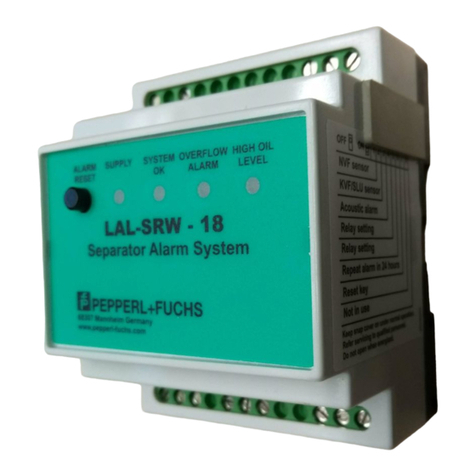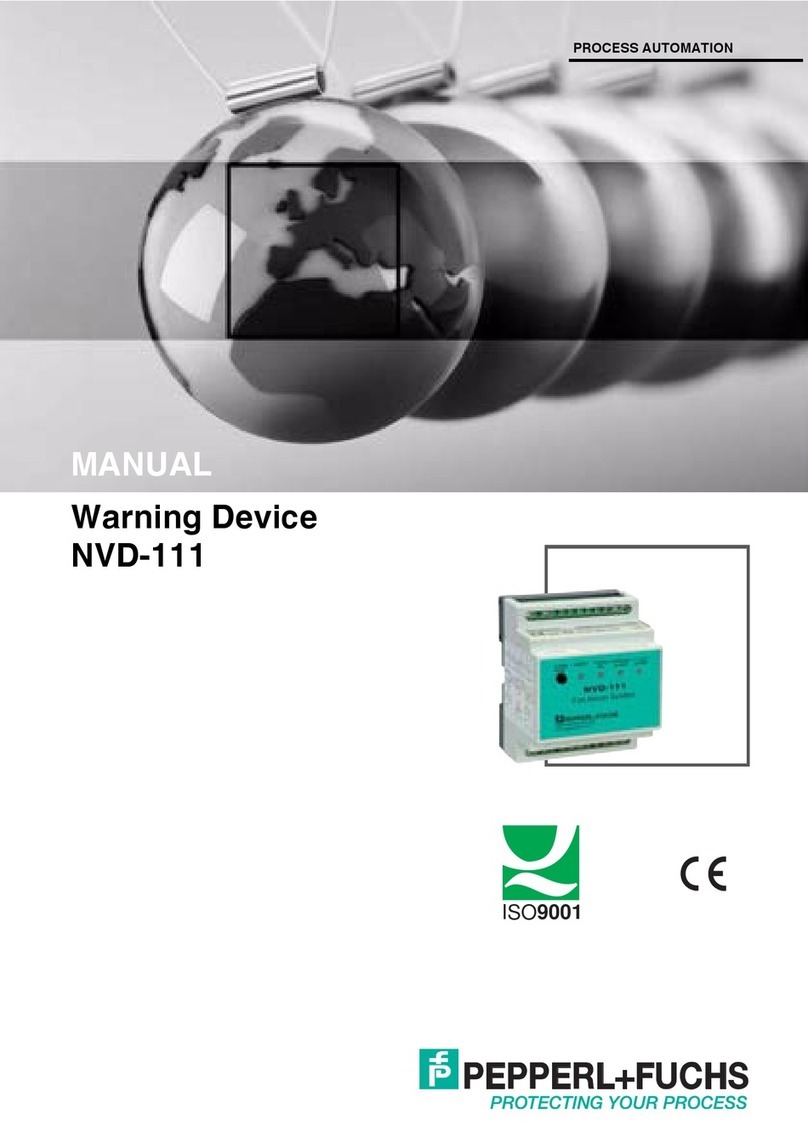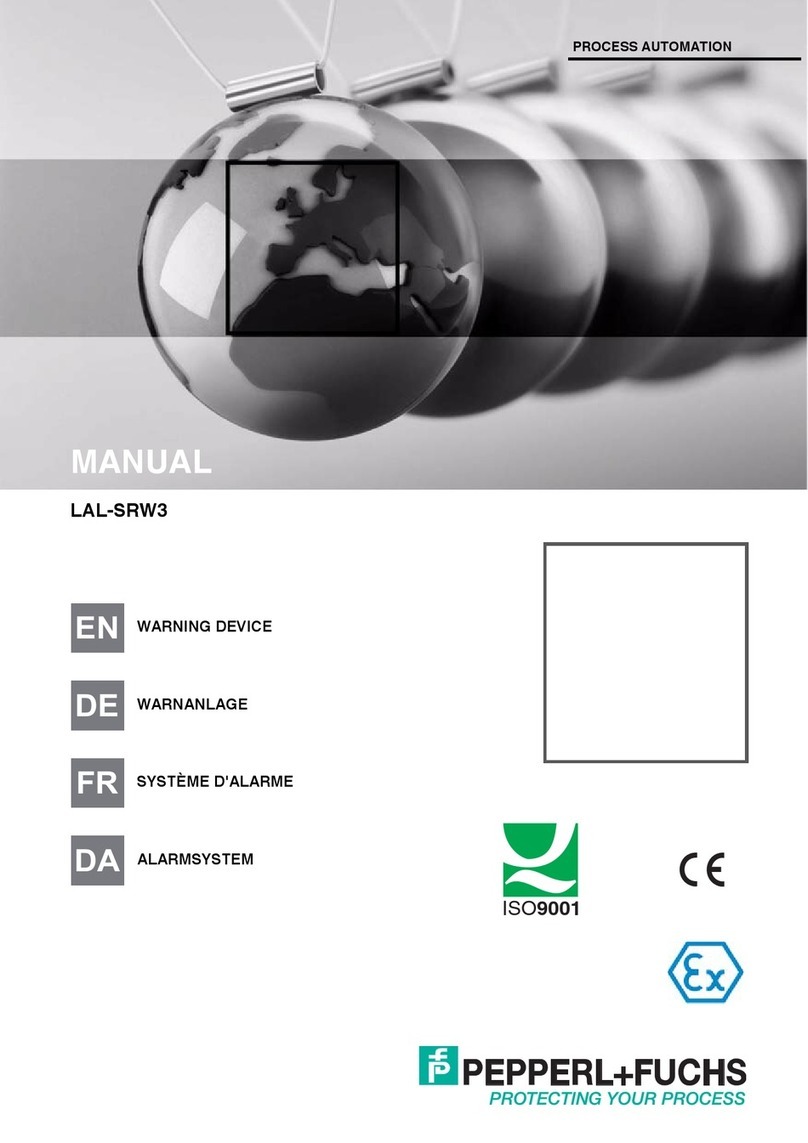
Warning Device NVO5-111
Contents
233953 2012-04
EN - 1
1 Safety................................................................................... 2
1.1 Validity ..........................................................................................................2
1.2 Target Group/Personnel ................................................................................2
1.3 Reference to further documentation..............................................................2
1.4 Symbols used ...............................................................................................3
1.5 Marking.........................................................................................................3
1.6 Intended Use ................................................................................................4
1.7 Improper Use ................................................................................................4
1.8 Mounting/Installation.....................................................................................4
1.9 Operation, Maintenance, Repair ...................................................................5
1.10 Delivery, Transport, Disposal.........................................................................5
2 Product Specifications....................................................... 6
2.1 Function........................................................................................................6
2.2 Components .................................................................................................7
2.3 Design and Dimensions................................................................................8
3 Installation........................................................................... 9
3.1 Mounting the Sensors...................................................................................9
3.2 Mounting the Warning Device .....................................................................10
3.3 Connecting the Warning Device..................................................................11
4 Commissioning................................................................. 14
4.1 Configuring the Warning Device using DIP Switches ..................................14
5 Operation........................................................................... 16
5.1 Alarm Signals..............................................................................................16
5.2 Resetting the Alarm Signal..........................................................................17
5.3 Function Testing..........................................................................................18
6 Troubleshooting................................................................ 19
6.1 Troubleshooting and Alarm Statuses...........................................................19
6.2 Maintaining the Alarm System.....................................................................20
7 Technical specifications .................................................. 21
7.1 Warning Device NVO5-111.........................................................................21






























